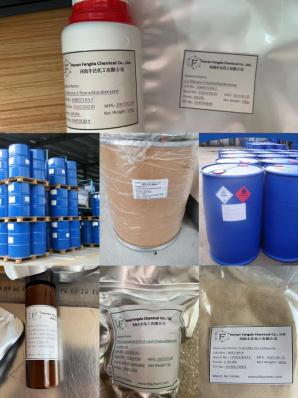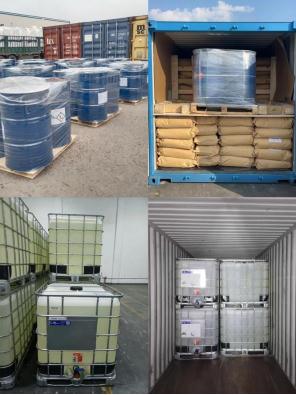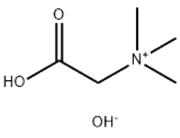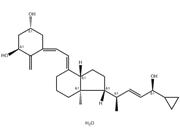| Description | Dasatinib monohydrate (BMS-354825 monohydrate) is a highly potent, ATP competitive, orally active dual Src/Bcr-Abl inhibitor with potent antitumor activity. The Ki values of 16 pM and 30 pM for Src and Bcr-Abl, respectively[1]. |
|---|
| Related Catalog | Signaling Pathways >> Apoptosis >> Apoptosis Research Areas >> Cancer Signaling Pathways >> Protein Tyrosine Kinase/RTK >> Src Signaling Pathways >> Protein Tyrosine Kinase/RTK >> Bcr-Abl Signaling Pathways >> Autophagy >> Autophagy |
|---|
| Target | Ki: 16 pM (Src), 30 pM (Bcr-Abl)[1] IC50: <1.0 (Bcr-Abl), 0.50 (Src), 0.40 (Lck), 0.50 (Yes), 5.0 (c-Kit), 28 (PDGFRβ), 100 (p38), 180 (Her1), 720 (Her2), 880 (FGFR-1), 1700 (MEK)[1] |
|---|
| In Vitro | Dasatinib demonstrates significant activity against Bcr-Abl, Src, Lck, Yes, c-Kit, PDGFRβ, p38, Her1, Her2, FGFR-1, and MEK with IC50s of <1.0, 0.50, 0.40, 0.50, 5.0, 28, 100, 180, 720, 880, and 1700 nM, respectively[1]. Dasatinib shows antiproliferative activities aversus K562 chronic myelogenous leukemia (CML), PC3 human prostate tumor, MDA-MB-231 human breast tumor, and WiDr human colon tumor cell lines with IC50s of <1.0 nM, 9.4 nM, 12 nM, and 52 nM, respectively[1]. |
|---|
| In Vivo | Dasatinib (5 mg/kg and 50 mg/kg, qd×10d, 5 on-2 off) possesses potent antitumor activity and a high safety margin in a K562 xenograft model of chronic myelogenous leukemia (CML), demonstrating complete tumor regressions and low toxicity at multiple dose levels[1]. Dasatinib (10 mg/kg) has a pharmacokinetic profile appropriate for continued advancement into in vivo efficacy studies. Dasatinib (10 mg/kg) demonstrates favorable half-lives (t1/2s) of 3.3 and 3.1 h for i.v. and oral, respectively. The oral bioavailability (Fpo) in this study is 27%[1]. Animal Model: Nude mice bearing K562 xenografts Dosage: 5 mg/kg and 50 mg/kg Administration: Oral administration on a 5 day on and 2 day off schedule. Result: Showed partial tumor regressions after one treatment cycle and complete disappearance of the tumor mass by the end of drug treatment. No toxicity (animal deaths, lack of weight gain) was observed. Animal Model: Sprague-Dawley Rats Dosage: 10 mg/kg (Pharmacokinetic Analysis) Administration: Oral and i.v. Result: Cmax of 13.2 and 0.5 μM for i.v. and oral, respectively. |
|---|
| References | [1]. Lombardo LJ, et al. Discovery of N-(2-chloro-6-methyl- phenyl)-2-(6-(4-(2-hydroxyethyl)- piperazin-1-yl)-2-methylpyrimidin-4- ylamino)thiazole-5-carboxamide (BMS-354825), a dual Src/Abl kinase inhibitor with potent antitumor activity in preclinical assays. J Med Chem. 2004 Dec 30;47(27):6658-61. |
|---|
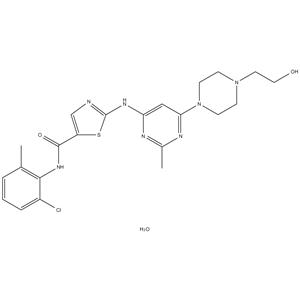


 China
China